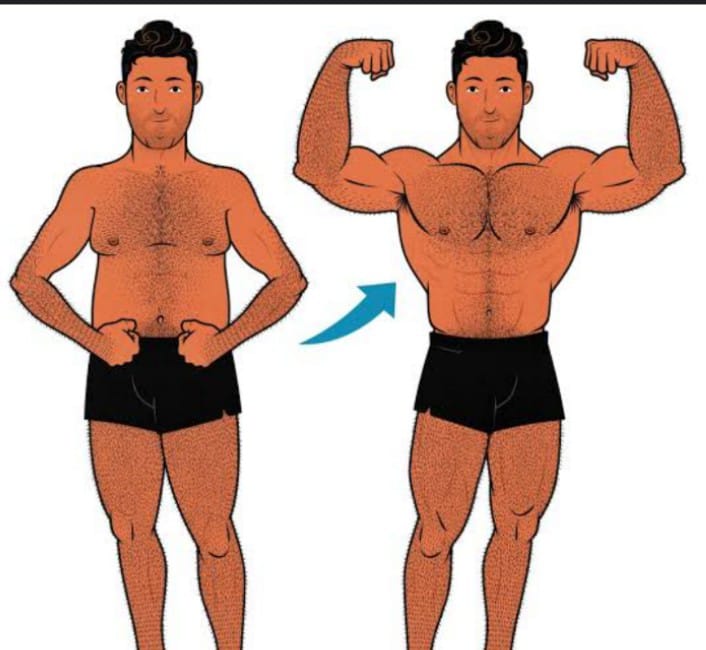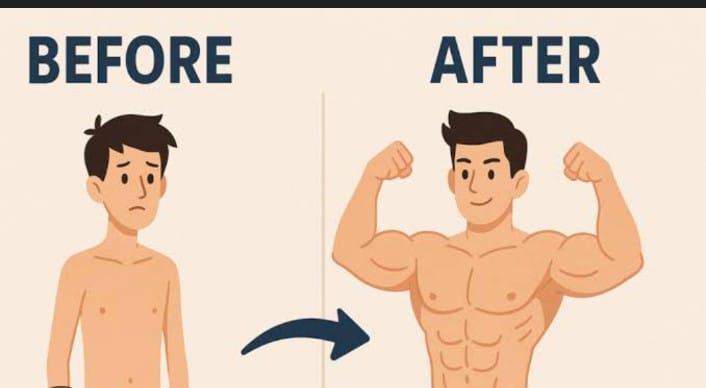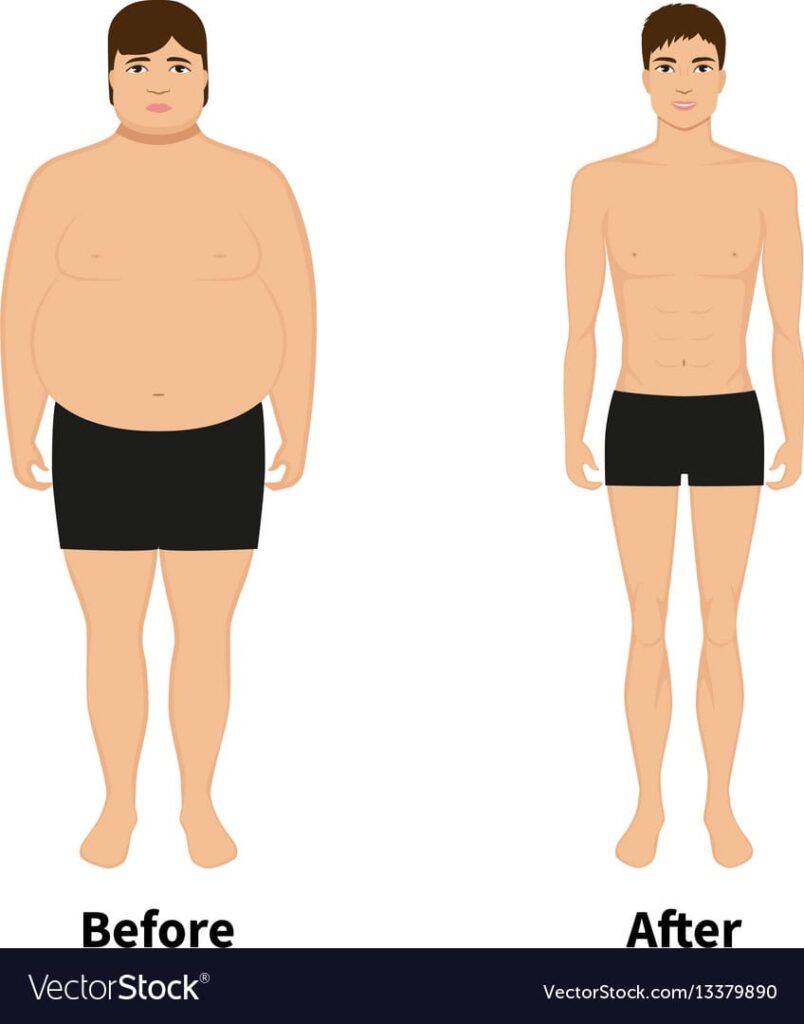Body Recomposition: How to Lose Fat and Build Muscle Simultaneously
Most people think they have to choose between losing fat or gaining muscle. But what if you could do both—at the same time? That’s exactly what body recomposition is all about. At our gym, we specialize in helping members achieve this balanced transformation through smart training, proper nutrition, and a sustainable approach. 1. What is Body Recomposition? Body recomposition refers to reducing body fat while increasing lean muscle mass. The result? A tighter, more defined, and stronger physique—without drastic weight changes on the scale. Remember: The number on the scale may stay the same, but your body shape and composition change dramatically. 2. Who Can Benefit from Recomposition? Recomp works best for: Even advanced lifters can recomp with the right strategy—though progress may be slower. 3. The Training Strategy: Focus on Resistance Training To build muscle while losing fat, resistance training is essential. Compound lifts (like squats, deadlifts, rows, and presses) should form the core of your workout plan. Aim for: Our coaches can customize a training plan based on your goals, schedule, and fitness level. 4. Nutrition: The Recomp Balancing Act Unlike bulking (calorie surplus) or cutting (calorie deficit), recomposition requires a strategic balance: Pro tip: If you’re carrying more fat, you can recomp in a mild deficit. If you’re leaner, maintenance with perfect protein and training works best. 5. Patience is Key: Recomp Takes Time Body recomposition is slower than strict fat loss or muscle gain—but the results are more balanced and sustainable. Expect visible results in 8–12 weeks with consistency in training and nutrition. Don’t obsess over the scale—track changes through body measurements, photos, and how your clothes fit. 6. Sleep, Stress & Recovery Matter Sleep and recovery play a massive role in muscle growth and fat loss. Make sure to: We offer yoga, mobility, and guided recovery sessions to support your transformation. Final Thoughts: Body recomposition isn’t a shortcut—it’s a smarter, more sustainable way to change your body. By combining effective strength training, high-protein nutrition, and consistency, you’ll build a physique that’s both lean and strong. 👉 Want a custom recomposition plan? Book a free fitness assessment or sign up for our Recomp Transformation Program today!


